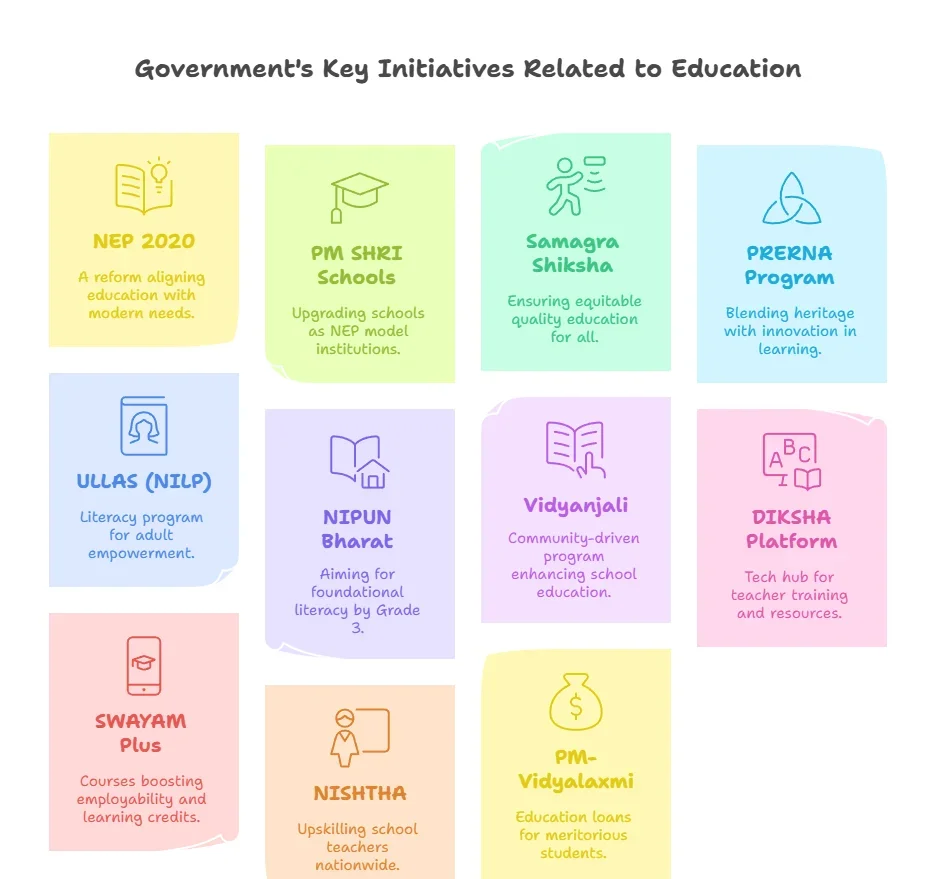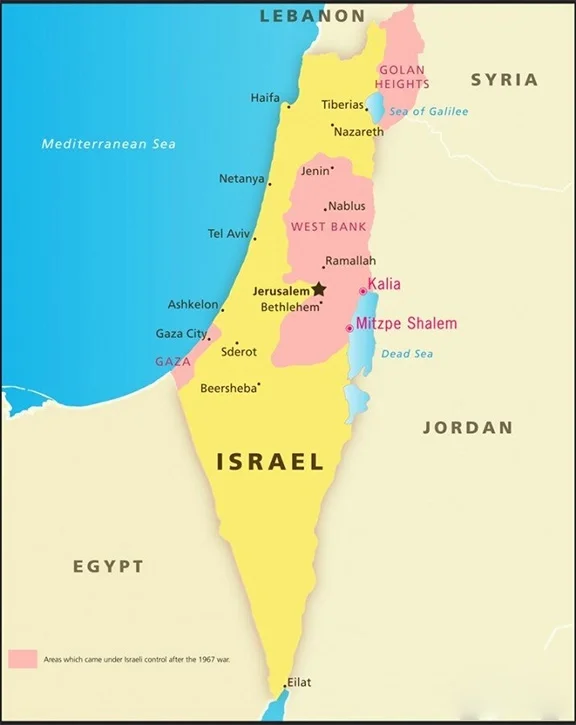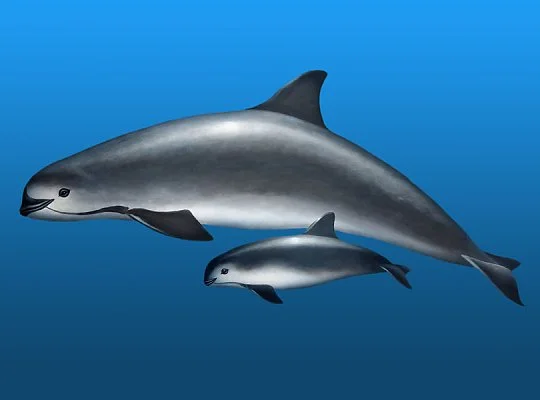Mapping India’s Education Landscape
Why in News?
The Ministry of Statistics and Programme Implementation has released the data of Comprehensive Modular Survey: Education (CMS:E), 2025, conducted as part of the 80th Round of the National Sample Survey (NSS).
- The NSS is conducted by the Field Operations Division of the National Statistical Office (NSO), earlier known as the National Sample Survey Office (NSSO).
What are the Major Takeaways from CMS:E Survey 2025?
- School Enrolment Patterns: Government schools continue to play a pivotal role, accounting for 55.9% of total enrolments, with a significantly higher share in rural areas (66%) compared to urban areas (30.1%).
- Education Spending: The average per-student expenditure on school education was estimated at Rs 8,382 in rural India and Rs 23,470 in urban India, covering all levels of enrolment across both government and non-government schools.
- Private Coaching: Around 27% of students availed private coaching during the current academic year, with the trend more prevalent in urban areas (30.7%) than in rural areas (25.5%).
- Sources of Educational Finance: About 95% of students’ educational expenses were met by household/family members, while only 1.2% reported government scholarships as their primary source of funding.
What are the Key Developments Shaping Indian Education Landscape?
- Digital, Online, & STEM Education: Online and hybrid learning have increased access to education, especially in remote areas, supported by initiatives like PM eVidya and edtech investments of USD 3.94 billion (FY22).
- The sector is expected to grow by USD 2.28 billion by 2025 at a 20% CAGR.
- STEM education is strengthened through over 8,000 Atal Tinkering Labs (ATL) nationwide, fostering creativity and innovation.
- Vocational & Skill-Based Education: NEP 2020 includes skill development in school and higher education to enhance employability.
- The Skill India Mission has trained millions, and the Union Budget 2025-26 allocated Rs. 500 crore for a Centre of Excellence in AI for Education to promote advanced technology skills.
- Rising Private Investment & FDI in Education: The government allows 100% FDI to attract foreign players and improve infrastructure.
- The Indian school market is projected to reach USD 125.8 billion by 2032, with total FDI inflows of Rs. 83,550 crore (Apr 2000–Sep 2024), promoting competition and innovation.
- Expansion of Higher Education &Research: India has 1,362 universities and 52,538 colleges (FY25), a 10% growth between 2020-25, with the Gross Enrollment Ratio (GER) rising to 28.4%.
- Research and innovation are promoted through initiatives like Atal Innovation Mission (AIM), Research and Innovation in Higher Education (RISE) program and Anusandhan National Research Foundation (ANRF).
- Regional Language & Inclusive Education: NEP 2020 promotes multilingual education to reduce disparities and preserve cultural identity.
- The government has allocated Rs. 500 crore under PM e-Vidya to create digital learning materials in multiple languages, improving access for rural and regional students.
What Major Challenges Confront India’s Education Sector and Reforms Needed to Tackle Them?
|
Challenges in Indian Education Sector |
Reforms to Strengthen Indian Education Sector |
|
Infrastructure Challenges: In rural & remote areas, many schools still lack basic amenities. Government data from 2023 shows that only 47% of schools have drinking water, 53% have separate toilets for girls. |
Enhanced Investment in infrastructure: To provide clean water, electricity, toilets, safe classrooms, playgrounds, and digital learning resources in rural and remote schools. |
|
Teacher Shortage & Quality of Educators: Sanctioned teaching positions decreased by 6% (2021-22 to 2023-24), over 4,500 secondary teachers lack proper education. Less than 25% receive training. |
Enhanced Teacher Training: Systematic pre-service and continuous professional development with modern pedagogy, subject expertise, and technology integration |
|
Inadequate Funding: India spends only about 3–4% of its GDP on education, far below global benchmarks, despite the NEP 2020 recommending an increase to 6%. |
Boosting Investment in Education: Increase public investment in education as per NEP 2020 and leverage PPP models and targeted grants to enhance quality and equity. |
|
Socio-economic Disparities: Tribal and economically disadvantaged children still face barriers. Eg :Eklavya Model Residential Schools students struggle with language issues. |
Inclusive Education Policies: Strengthen support for tribal and disadvantaged children through multilingual education, bridging courses, and expansion of schemes like EMRS with trained local teachers |
|
Focus on Rote learning: 75% of Class 3 students cannot read Grade 2-level text. Competency-based learning not widely implemented. |
Curriculum Reform & Assessment Change: Promote critical thinking, problem-solving, project-based learning; implement formative and continuous assessments (PARAKH under NEP 2020). |
|
Technological Barriers: In 2024, internet access was available in only 18.47% of rural schools against 47.29% in urban schools. |
Bridge Digital Divide: Expand broadband connectivity, provide affordable devices, and improve digital literacy among students and teachers. |
|
Gender-Based Barriers: Girls’ dropout remains high; 33% of girls drop out due to domestic work (UNICEF). |
Promote Gender Inclusivity: Provide scholarships, safety measures, awareness campaigns, and support for girls’ education, especially in rural areas. |
Conclusion
India’s education system, guided by NEP 2020 and digital learning initiatives, has significant potential but faces challenges like infrastructure gaps, teacher shortages, and socio-economic disparities. Strengthening governance, promoting inclusive and multilingual education, bridging the digital divide, and fostering research and innovation are essential to achieve UN-SDG 4 (Quality Education), building a resilient and equitable system.
|
Keywords for Mains
|
|
Drishti Mains Question: Equity, quality, and affordability remain the central challenges in India’s school education system.” Discuss with suitable examples. |
UPSC Civil Services Examination Previous Year Question (PYQ)
Prelims
Q. Which of the following provisions of the Constitution does India have a bearing on Education? (2012)
- Directive Principles of State Policy
- Rural and Urban Local Bodies
- Fifth Schedule
- Sixth Schedule
- Seventh Schedule
Select the correct answer using the codes given below:
(a) 1 and 2 only
(b) 3, 4 and 5 only
(c) 1, 2 and 5 only
(d) 1, 2, 3, 4 and 5
Ans- (d)
Mains
Q. How have digital initiatives in India contributed to the functioning of the education system in the country? Elaborate on your answer. (2020)
Q. Discuss the main objectives of Population Education and point out the measures to achieve them in India in detail. (2021)
UN Declares Famine in Gaza
The United Nations has officially declared a famine in Gaza, marking the first famine in West Asia, with over half a million people facing extreme hunger due to conflict and restricted access to food.
- Famine: The Integrated Food Security Phase Classification (IPC) defines Famine as a situation in which at least one in five households has an extreme lack of food and face starvation and destitution, resulting in extremely critical levels of acute malnutrition and death.
- IPC Phase 5 is the highest phase of the IPC Acute Food Insecurity scale, and is attributed when an area has at least 20% of households, acute malnutrition in at least 30% of children under five, and mortality of at least two per 10,000 people daily.
- Cause: Sharp escalation of Israel-Hamas conflict, massive displacement, and severe restriction of humanitarian and commercial food supplies.
Gaza Strip
- The Gaza Strip is a coastal territory in West Asia, approximately 41 km long and 10 km-wide territory, situated northeast of the Sinai Peninsula.
- It borders Israel to the north and east, Egypt to the southwest, and the Mediterranean Sea to the west.
- The Gaza Strip remains a strategically important and densely populated enclave, central to the Israeli-Palestinian conflict, with ongoing humanitarian, political, and security challenges.
|
Read more: UNSC Resolution: Ceasefire in Gaza |
PM SVANidhi 2.0
The Union Cabinet has approved the restructuring and extension of the Prime Minister Street Vendor’s AtmaNirbhar Nidhi (PM SVANidhi) Scheme, until 31st March 2030 with an aim to benefit 1.15 crore street vendors, including 50 lakh new beneficiaries.
- PM SVANidhi Scheme: Launched by the Ministry of Housing & Urban Affairs (MoHUA) in 2020. It aims to support street vendors affected by the Covid-19 pandemic by providing working capital loans to restart their businesses and promoting financial inclusion and digital transactions.
- PM SVANidhi offers interest subsidy on timely loan repayment, cashback for digital transactions, and eligibility for enhanced next tranche of loans.
- 'SVANidhi se Samriddhi' component under PM SVANidhi provides social security benefits to street vendors.
- As of July 2025, over 96 lakh loans worth Rs 13,797 crore were disbursed to 68 lakh street vendors.
- The scheme won the Prime Minister’s Award for Excellence in Public Administration (2023) for innovation and the Silver Award for Government Process Re-engineering (2022) for digital transformation.
- PM SVANidhi 2.0: Implementation of the scheme would be the joint responsibility of MoHUA and Department of Financial Services (DFS).
- Enhanced loan amounts across first and second tranches, providing greater working capital.
- Provides UPI-linked RuPay Credit Card for vendors who have repaid the second loan, ensuring quick access to credit for business or personal needs.
- Expanded coverage beyond statutory towns to census towns and peri-urban areas in a graded manner.
- ‘SVANidhi se Samriddhi’ initiative will be strengthened further through monthly Lok Kalyan Melas to ensure beneficiaries access multiple government schemes.
- The scheme focuses on building vendors’ capacity in entrepreneurship, digital skills, and food safety in partnership with Food Safety and Standards Authority of India.
|
Read more: PM SVANidhi Scheme |
UN Charts New Path for Global AI Governance
The United Nations General Assembly (UNGA) has launched the Independent International Scientific Panel on Artificial intelligence (AI) and the Global Dialogue on AI Governance, marking a key step to harness AI benefits while managing its risks.
- Global Dialogue on AI Governance: It will provide an inclusive platform within the United Nations for states and stakeholders to discuss the critical issues concerning AI facing humanity today.
- Independent International Scientific Panel on AI: It acts as a bridge between AI research and policymaking. Provides rigorous, independent scientific assessments to anticipate challenges and guide global AI regulation.
- It will present its annual reports at the Global Dialogue on AI Governance in 2026 (Geneva) and 2027 (New York).
AI Governance in India
- India currently lacks a dedicated AI law. It is regulated through existing frameworks like the Information Technology Act of 2000 (cybercrimes, intermediary liability), Digital Personal Data Protection Act, 2023 (data privacy), and Intellectual Property Rights (IPR) laws (AI-generated works).
- NITI Aayog’s National Strategy on Artificial Intelligence, 2018 guides AI Research and Development in healthcare, agriculture, education, smart cities, and mobility, while its Principles for Responsible AI (2021) address ethical AI deployment.
- India is active in global AI forums. It hosted the Global Partnership on Artificial Intelligence (GPAI) Summit in 2023, co-chaired the AI Action Summit with France in 2025, and will host the AI Impact Summit in 2026.
|
Read more: AI in Public Service Delivery, AI and India’s Legal Landscape |
Vaquita Porpoise
A new report has highlighted that only about 10 vaquita porpoise, the world’s rarest marine mammal, remain in the Gulf of California (Sea of Cortez), Mexico.
- Their numbers have plummeted due to entanglement in illegal gillnets used for catching totoaba (an endangered fish prized for its swim bladder).
Vaquita Porpoise (Phocoena sinus)
- About: The vaquita porpoise (little cow in Spanish), is the world’s most endangered marine mammal discovered in 1958.
- Porpoises are the smallest members of the cetacean family (whales, dolphins, porpoises) and are distant relatives of dolphins, diverging around 15 million years ago.
- Habitat: Marine, restricted to the northern Gulf of California (Sea of Cortez), Mexico, mostly in shallow waters up to 50 m deep.
- Physical Characteristics: Vaquitas have dark rings around the eyes, dark patches on lips stretching to the fins. Newborns are darker with a gray fringe.
- Their large dorsal fin helps release body heat in warm waters.
- Behavior: Shy and usually stay near the shore. They avoid boats and are mostly solitary or in very small groups, unlike other cetaceans that travel in large pods.
- Threats: Bycatch in illegal gillnets set for the vulnerable totoaba fish.
- Protection Status:
- IUCN Red List: Critically Endangered.
- CITES: Appendix I
|
Read More: Vaquita Porpoise |



